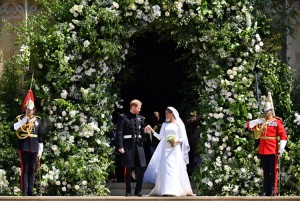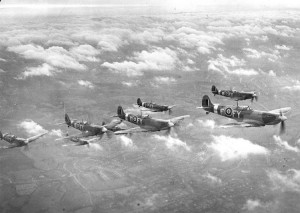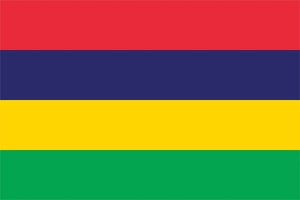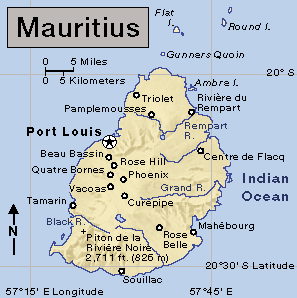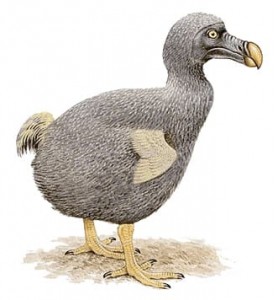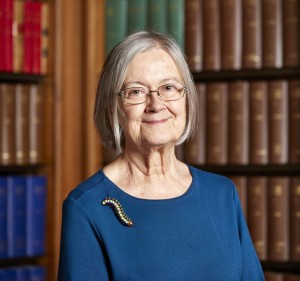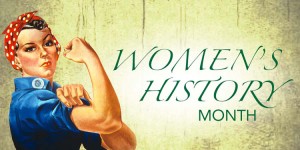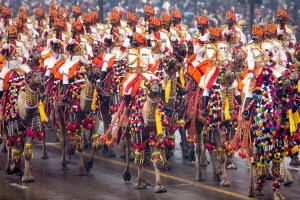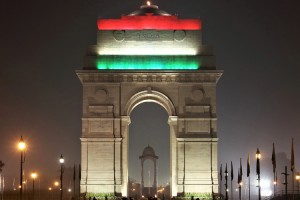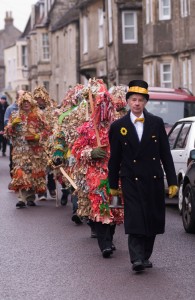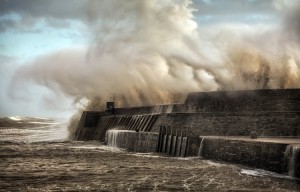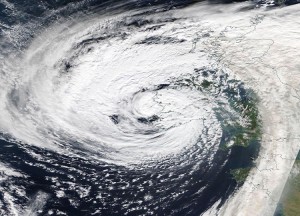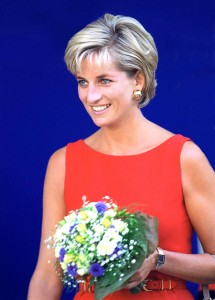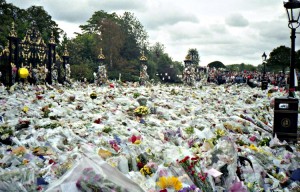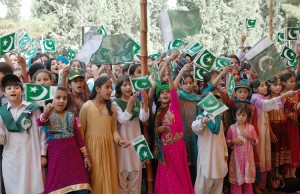Royal Academy of Arts 250
Thursday, June 21st, 2018June 21, 2018
In 2018, London’s famed Royal Academy of Arts (RA) is celebrating the 250th anniversary of its founding in 1768. The RA operates an art school and organizes exhibitions of fine arts. The academy campus recently completed an expansion and thorough modernization, melding new architecture and technology with the existing 1660′s structure, the palatial Burlington House and surrounding Burlington Gardens. King George III founded the RA as an association of artists and architects, and Sir Joshua Reynolds, a great portrait painter, was the academy’s first president.
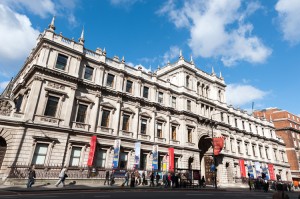
London’s Royal Academy of Arts is celebrating the 250th anniversary of its founding in 1768. Credit: © Alex Segre, Shutterstock
The RA expansion includes new indoor and outdoor galleries and free art displays. The additions include space for more art courses, debates, lectures, and workshops, and larger studios for students in the RA Schools. For students and visitors alike, the RA has increased the exhibition and performance areas and opened new cafés and a large newsstand.
RA anniversary events include a special “Great Spectacle” exhibition detailing the 250-year history of the Summer Exhibition, an annual display of new notable works of contemporary art—or, as the RA describes it, “art made now.” A special installation of 250 flags is spilling out of the RA and into London’s West End this summer, and notable exhibits in 2018 include displays from artist Chris Orr’s “The Miserable Lives of Fabulous Artists;” a feature on the art of Oceania that recalls Captain James Cook’s 1768 voyage of discovery to the South Pacific Ocean; and a special exhibition of the works of Gustav Klimt and Egon Schiele marking the 100th anniversary of their deaths in 1918.
Beyond London, RA 250 events will be held in museums throughout the United Kingdom, including special exhibits at the Holburne Museum in Bath, the Royal West of England Academy in Bristol, the Manchester Art Gallery, the Turner Contemporary in Margate, the Newport Museum and Art Gallery in Wales, and the Royal Scottish Academy in Edinburgh.

